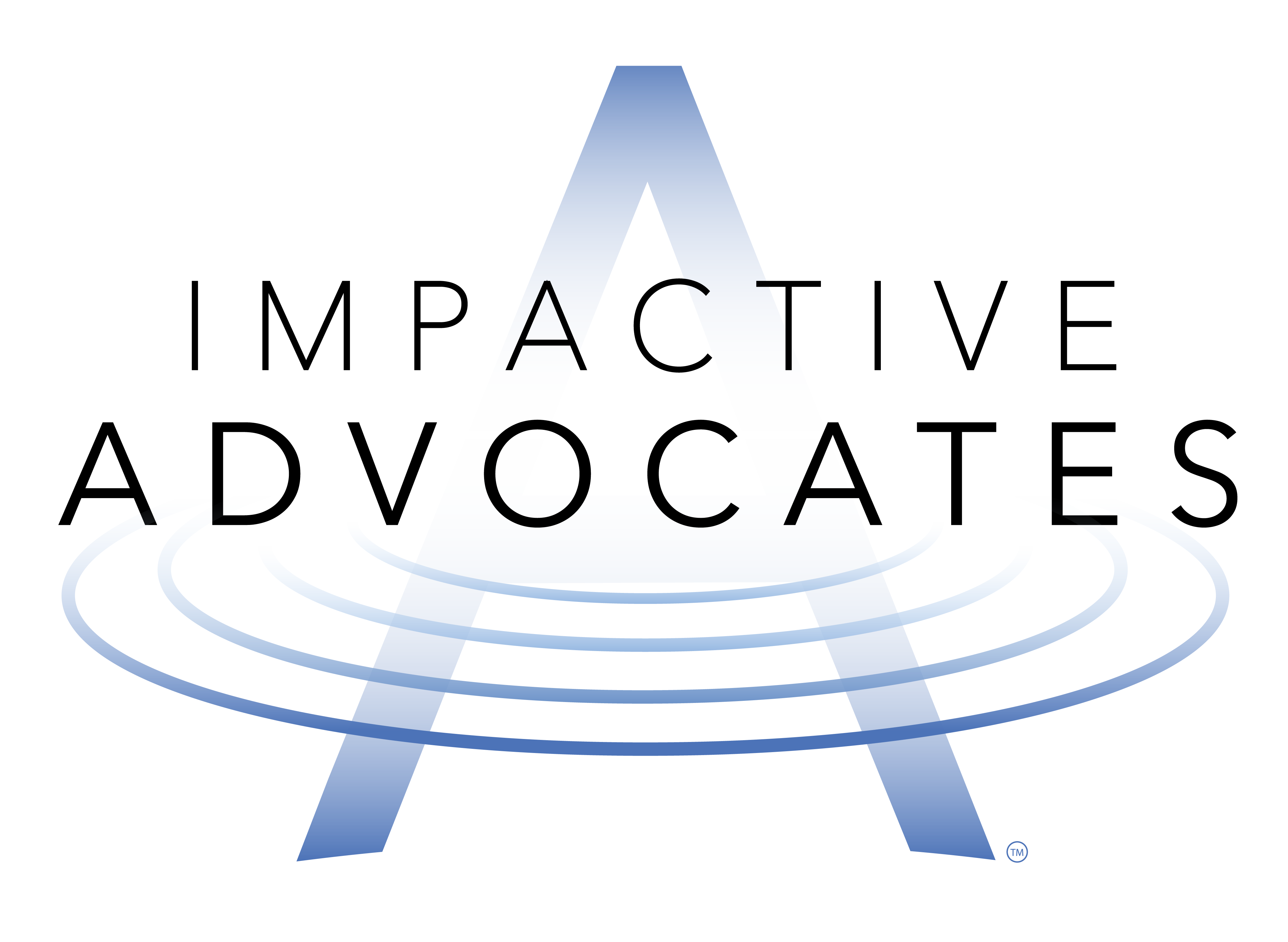As with most John Cleese movies, A Fish Called Wanda had some great moments. But, saying sorry need not be so, dramatic. It’s tempting to just let our mistakes lie quietly and hope that they won’t be noticed or, that people will let ‘em slide.Let me disabuse you of those hopeful thoughts. You need to apologize.
Why?
- Trust is fragile and you’ve damaged it.
- There is only one way to really start fresh after a mistake. If you don’t apologize, the effects of your mistake are likely to linger and come back to bite you later.
- Aren’t you someone’s boss (or partner, or parent, or friend)? Each and every one of those people will make mistakes this week and our job is to model how to deal with them.
Here are a few steps to consider and please note that saying sorry is just the beginning.
- Stop thinking about it so much and just bloody say it!
- “I’m sorry.” Call me and we’ll practice if you need to. Why is it so hard? Because we associate apologies with guilt, poor performance and maybe, we connect being wrong to our view of how good we are. Sound like you? Me too… So, ya it’s tough. Your job is to do tough stuff and, that’s why you are in a leadership role.
- Don’t forget “impact”
- Make sure that you express understanding of how what you did (or said, or didn’t do) had a negative impact. Try something like, “I understand that the impact of (missing our deadline) resulted in (our reputation being compromised).”
- Stop talking
- Count to five (feels like forever). You’ll find that the other person involved will fill the space and clarify other outstanding issues. They may even reply with an apology of their own. One way or another, it’s their chance to really clear the air – a required element of an authentic apology.
- Identify the Change:
- No need to build rockets here folks. You messed up, and now it’s your job to fix it, prevent it and/or avoid doing it again. Spell it out in one or two points max. Keeping it simple is important because your next step is…
- Ask “Is there anything else you would suggest?”
- Trust me. This will help because well, they might have great suggestions. Also, this invites them to take some ownership of the solution and indeed, your relationship. It’ll help them see how you are working to make the change.
- Follow-up
- Follow-up, follow-up and follow-up. Make sure they know you have come through on your promise. “Do it” and “tell it.” We all watch for how folks “won’t” follow through with promises. So, prove them wrong and tell them about it or they won’t catch-on to the changes you’ve made.
So that’s it. Six quick steps. Go apologize.
